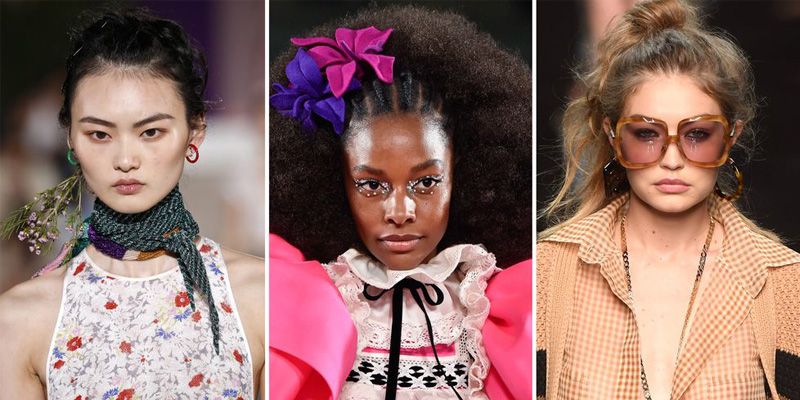
Hair; preserved its importance as a symbol of strength, youth and vitality; Many societies in history have considered hair as the "center of power".
While the accessories used for hair in ancient times determined the social status, the shapes applied to the hair gave information about the situation of women.
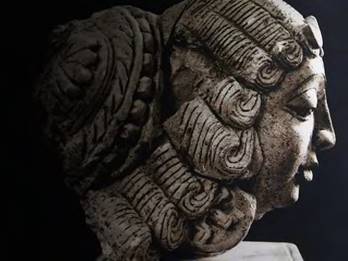
In ancient Greece, if women were not mourning and were not slaves, they did not have their hair cut and made their hair into long curls or buns. During this period, curly hair was not only the fashion of the day, but also a symbol of change, freedom and happiness to live. The Greeks, who thought that a narrow forehead was an expression of beauty, used their hair to narrow their foreheads.
In ancient Rome, hair was designed with extravagant, very dense curls and braids. During this period, the hair was dyed with beet and plum extract. The first hair bleaching process was also applied by the Romans.
Hair was decorated with pearls and ribbons in the 6-7th century BC; Upper-class women adorned their hair with crescent-shaped crowns made of gold, silver and bronze.

In the Middle Ages, the hair trend was shaped by the curved edges and being always well-groomed. Braids were perceived as leaving a signature on the hair. Three-thread knitting, four-way knitting, twisting, cross and weaving style have been the models that marked the Middle Ages. Long and short hair, except braids, are folded outward.

During the Renaissance, hair was usually left in a simple style, the main effect was given by hair and accessories. This hair is decorated with ribbons by some women. Wigs were also used in this period.
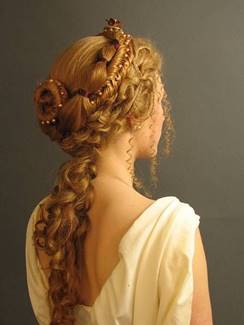
Plump and long hair is considered healthier; In the art of painting, the hair of the Venuses and the Madonnas are drawn full and long.

Mademoiselle Fontage, who fell from a horse at a hunting party in France during the reign of Louis XIII (1601-1643), collected her scattered hair with a sock elastic, and after that, a hair fashion called "fontage style" was born among women.
Henrietta Maria (1609-1669), daughter of the French King Henry IV and Marie de Medici, was a pioneer in softening hairstyles; the hair let the curls fall from the temples and forehead.

In the French fashion of the 18th century, hair is exaggerated. This model, which Marie Antoniette uses extensively, was created by creping the upper part of powdered hair. This hair style with white ostrich feathers on the top was imitated by all the French in a short time.
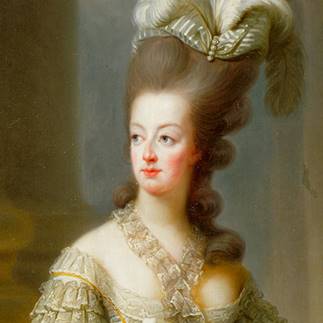
Gray hair has been the most popular hair color of the 18th century. Young women like Marie Antoinette powdered their fluffed hair in gray tones. Although powders in other pastel colors are also used, the most popular color has been gray.
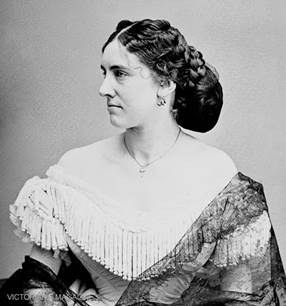
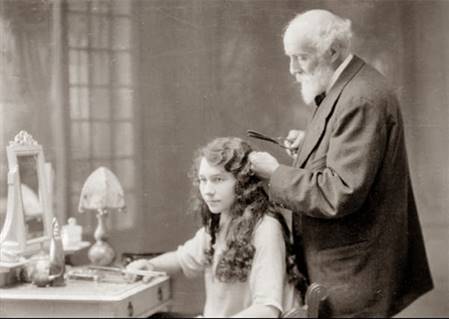
In 1872, French hairdresser Marcel Grateau invented the wave technique with tongs made of round iron that he developed.

In 1913, colors such as blue and violet purple became fashionable in the world.
Short hair is especially preferred by women who are actively involved in life.
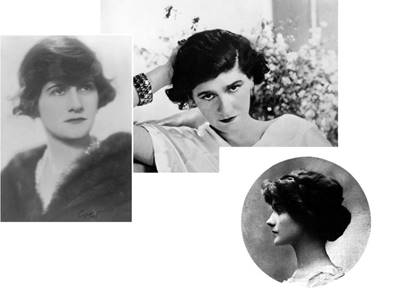
Coco Chanel was the pioneer of the short hair fashion that began to appear since 1918 and became widespread in 1923: Coco, when her long hair burned after the gas burst, cut her hair in a male style and went to the opera that night and attracted all the attention. The next day, Parisian women asked for "Chanel style" hair.
In the 1920s, short cut straight and especially wavy hair became one of the cornerstones of the flapper style with flapper girls.
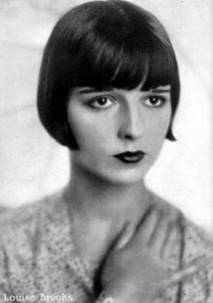
They preferred the Republic of Turkey in women during short hair, "bob" style haircut and tomboyish appearance has become a fashion trend began to be accepted worldwide in the early 1920s. This new short hairstyle was named “a la chinoise” in Paris, and “a la russe” after the Russian refugee women living in the city in the Ottoman Empire.
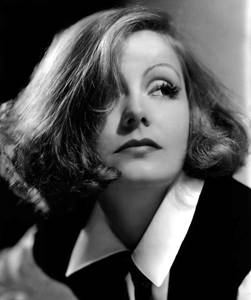
In the 1930s, the hair was left to grow, generally a wavy fashion was adopted and naturalness and harmony were emphasized.

In the early 1930s, Jean Harlow became famous for his platinum blonde hair that was almost as light as white. When Harlow rose to stardom, women started dyeing his hair to look like him.

Claudette Colbert's hair bangs are in vogue, created by Hollywood stylist Antoine.
Hollywood movies continued to influence fashion in the 1940s; extravagant long and curly hairstyles are in fashion.
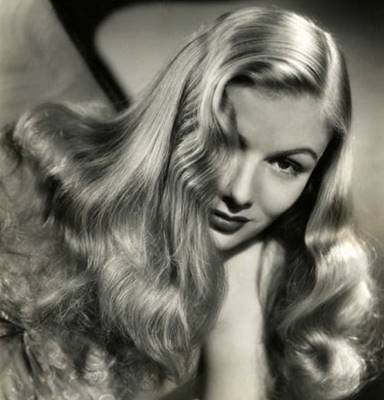
Famous star Veronica Lake has created a new trend with her voluminous hair style that comes to mind.
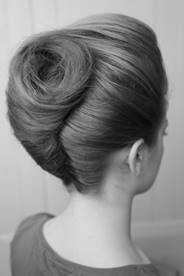
In the 1950s, the hair was simplified, bouncy and abundantly sprayed hair was used.
Bangs are outdated and hair is starting to be short, slightly wavy or permed. Buns and banana buns (french pleats) have become popular.
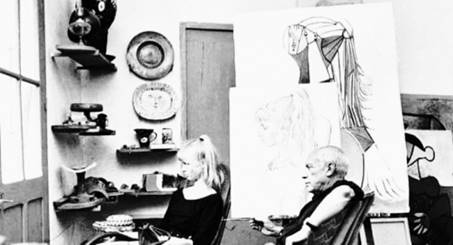
Hairstyles inspired by animal features such as lamb's head and horse tail emerged in this period. Picasso's model of the young girl's ponytail hairstyle portrait caused the spread of this hairstyle and it was immediately adopted by young girls and students.
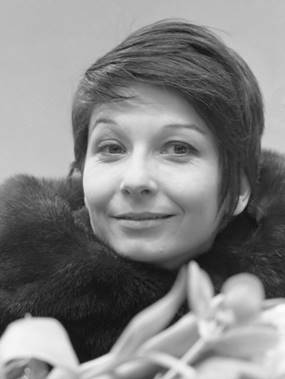
French actress and dancer Zizi Jeanmaire popularized the cropped-haired naughty boy look known in Britain as the ala waiter.
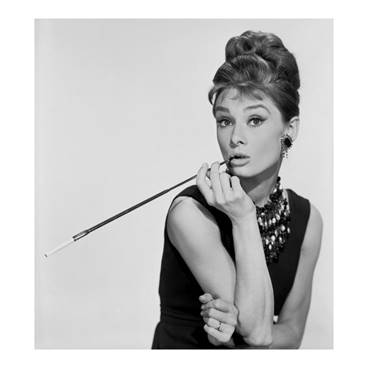
The Kovan hairstyle has been very popular with women and this style has lasted for ten years. Audrey Hepburn is seen with this hairstyle in the movie "Breakfast at Tiffany".

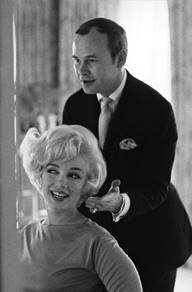
The hair designer, Kenneth Battelle, exaggerated Marilyn's familiar bell pattern by making a fringe over her right eye, curving her hair on the left side down, and airing the hair above her forehead in a sea wave. This way, Marilyn's facial features and makeup are more emphasized. This hairstyle later turned into an immortal model.
While naturalness stood out in the 1960s, pixie (short haircut) became fashionable.
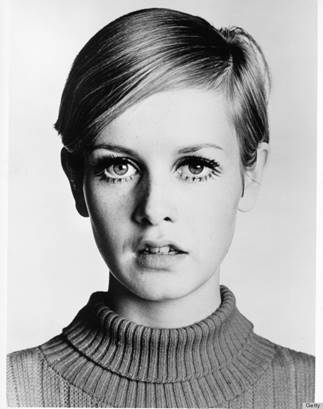
The "twiggy" trend emerged in the 1960s, named after the British model Lesley Lawson, known as "twiggy", and characterized the thin body, big eyes, long eyelashes and short hair.
Vidal Sassoon made angled geometric hair designs on the model Nancy Kwan for the first time in 1963, and these styles attracted great attention in the 1960s.
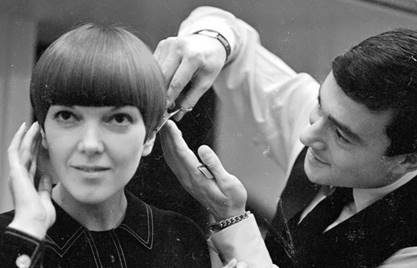
This haircut is called "wedge bob". Vidal Sassoon has been one of the most important images of the period in hair design. Her hair style, inspired by the geometric Bauhause school, has become a model that can be applied to men and women. It is a haircut with defined borders and bangs. With this cut, the convenience of use of young girls is considered and it is designed to save the hair from washing time from styling.

Mia Farrow's hairstyle for Sassoona has made a breakthrough in large masses.
In the 1970s, different styles were used extensively, and long hair was used sometimes in a mess and sometimes in braids. During this period, wrapping rods and curlers were not used, and the hair was left alone.

Farah Fawcett branded fluffy and thick hair.
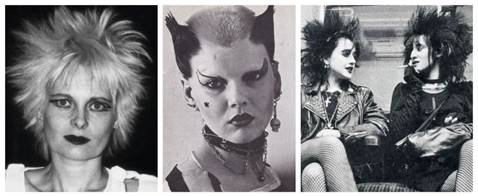
Punk culture emerged in this period. The hair was hard and pointed in shades of red, green, blue, yellow or black striped peroxide. Medium-length hair with curly ends turned outwards symbolizes a more elegant and adult appearance.

In the 1980s, Brooke Shields was chosen as the idol of Meryl Streep's hair color and style, with Kim Basinger's messy hairstyle, straight, naturally combed hair or tightly gathered Spanish-style buns came into fashion.
In the 1990s, the hair was composed of models with long layers of bangs and accentuating the face. Blonde hair, rapier, highlights and shadows were very fashionable in this period.
The hair was dyed light blond or pinkish red, in layers at shoulder level and used as a blow-dry with the ends turned out.
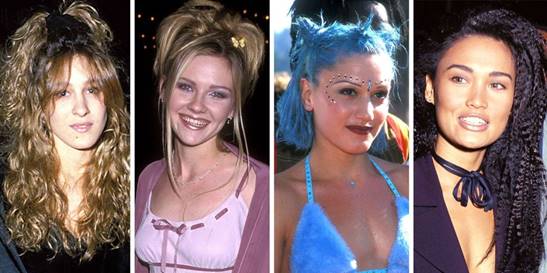
Towards the end of the 90's, short-cut modern form hair was seen.

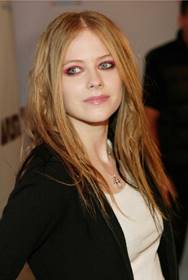
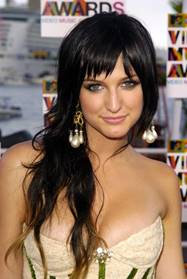
In the 2000s, hair designs became more personalized and frequent changes were applied. The pin-up street fashion that emerged in this period was combined with the rock and punk image, and the use of different colored hair came to the fore.
In the period we are in the first quarter of the 21st century, hair trends have changed as in the past, and from time to time past hair styles have been adapted to the present.
90's braids are at the top of the hair trends of 2020.


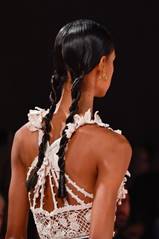
Messy knobs supplemented with accessories
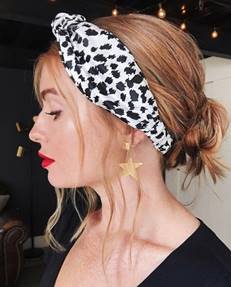
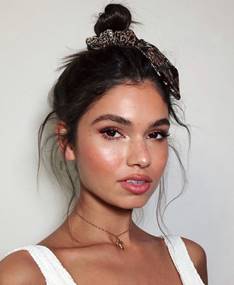
Vivid bright hues
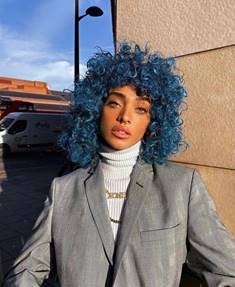


Use of Pearl in Hair
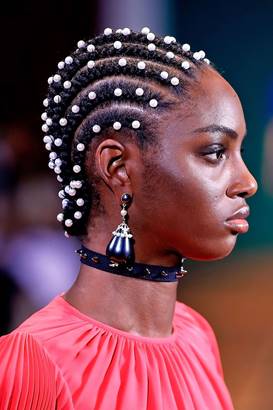

Flower Themes

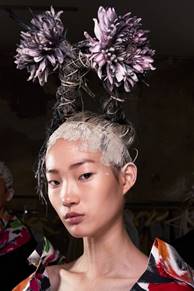
Horse tail

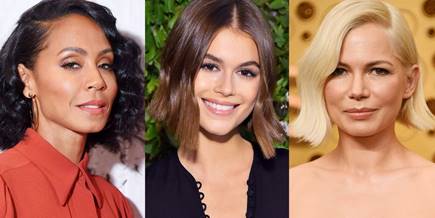
Bob Cut
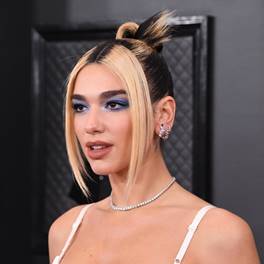
Among the most trendy hair colors of 2020 are bright chestnut, honey blonde, classic Hollywood blonde, strawberry pink, red and thick balayage and contrasting roots.
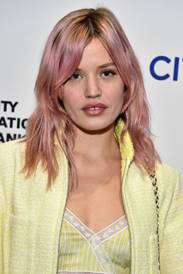
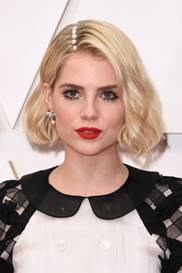

BİZ SİZİ ARAYALIMLÜTFEN FORMU DOLDURUNUZ